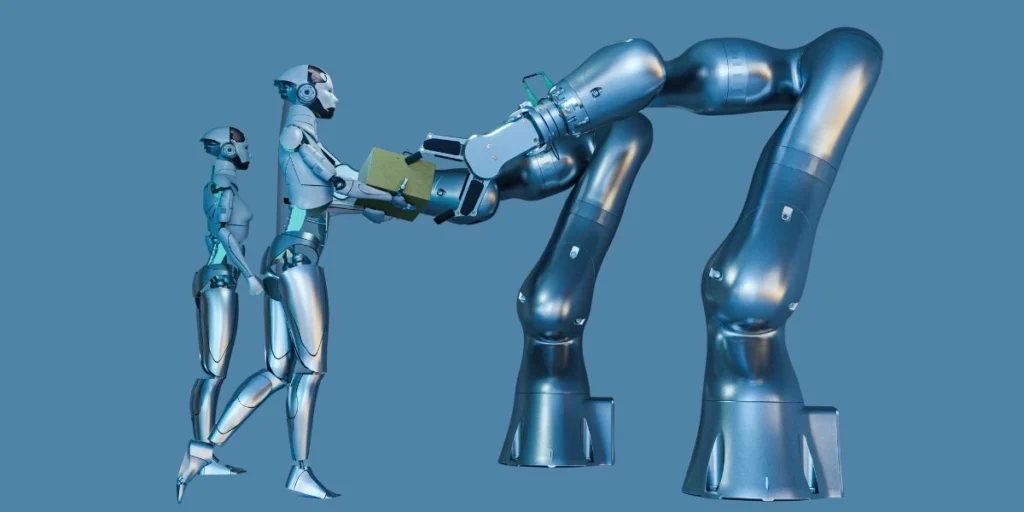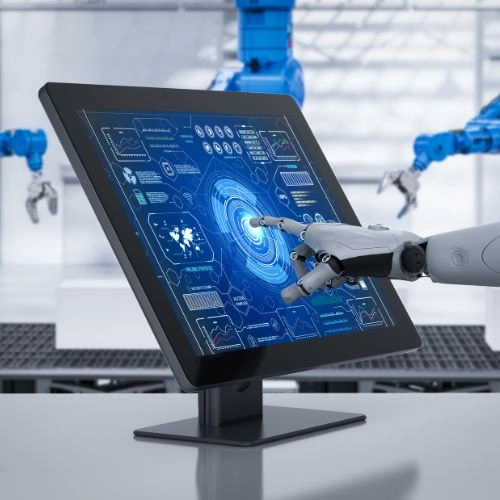Mechanical design is undergoing a transformative shift in 2025, integrating cutting-edge technologies and sustainable practices to meet the demands of a rapidly evolving world. Innovations like AI-driven mechanical design tools, additive manufacturing, and digital twin technology are reshaping the field, enabling engineers to achieve precision, efficiency, and sustainability. This blog delves into the top trends in mechanical design for 2025, providing insights into how these advancements are revolutionizing industries.
Current Challenges in Mechanical Design
Mechanical design professionals encounter a host of challenges, including:
- Meeting sustainability goals while maintaining cost efficiency.
- Keeping up with advancements in sustainable materials in engineering and manufacturing processes.
- Leveraging advanced simulation tools for engineering to validate designs.
- Adopting IoT in mechanical engineering to improve system performance and monitoring.
The trends of 2025 address these hurdles, enabling designers to create innovative, efficient, and sustainable solutions while staying competitive.

Top Trends in Mechanical Design for 2025
1. AI-Driven Design Optimization
Artificial intelligence is streamlining workflows by offering predictive analytics and generating optimal designs. By automating routine tasks, engineers can focus on innovation and problem-solving.
2. Sustainable Materials and Processes
The shift toward green engineering prioritizes the use of lightweight, eco-friendly materials and sustainable manufacturing techniques, reducing environmental impact.
3. Generative Design Applications
Generative design tools use algorithms to explore multiple design options, delivering lightweight, efficient, and innovative solutions in a fraction of the time.
Artificial intelligence is streamlining workflows by offering predictive analytics and generating optimal designs. By automating routine tasks, engineers can focus on innovation and problem-solving.
4. Additive Manufacturing (3D Printing)
Additive manufacturing in mechanical design enables rapid prototyping and the creation of complex geometries, improving customization and reducing waste.
5. Digital Twin Technology for Mechanical Systems
By creating virtual replicas of physical systems, digital twin technology facilitates real-time analysis, predictive maintenance, and improved decision-making.
6. IoT Integration in Mechanical Engineering
Smart devices and sensors integrated into designs improve monitoring and efficiency, marking a leap in IoT-based design systems.
7. Advanced Simulation Tools for Engineering
Enhanced FEA and CFD tools allow engineers to validate designs against real-world conditions, ensuring safety and performance.
8. Human-Centered Mechanical Design
Emphasizing user experience, ergonomic and intuitive designs are becoming a priority to create products that cater to end-user needs effectively.
9. Automation in Manufacturing
Robotics and automation are streamlining production, reducing costs, and improving quality in manufacturing processes.
10. Collaborative Design Platforms
Cloud-based platforms foster collaborative innovation, allowing teams to work together seamlessly on complex projects.
Case Studies or Success Stories
Lightweight Aerospace Component Design
Leveraging AI-driven mechanical design tools and generative design, our team optimized an aerospace component, achieving a 30% weight reduction while maintaining structural integrity. This innovation enhanced fuel efficiency and reduced production costs.
Why Embrace These Trends?
Adopting the latest mechanical design trends offers several advantages:
- Increased Efficiency: Automating workflows saves time and resources.
- Sustainability: Reducing waste through sustainable materials in engineering and eco-friendly processes.
- Cost Savings: Minimizing material usage and optimizing designs.
- Competitive Edge: Staying ahead in a fast-paced industry with collaborative design platforms and IoT-enabled systems.

Conclusion
The top trends in mechanical design for 2025 highlight a future of innovation, efficiency, and sustainability. Staying updated with these advancements ensures your designs are not only competitive but also impactful.
At Cadify Studio, we specialize in implementing these cutting-edge trends to drive excellence in mechanical design. Contact us today to learn how we can help transform your ideas into reality with precision and innovation.
Frequently Asked Questions
Ans. The key trends in mechanical engineering for 2025 include sustainability, automation, AI-driven design tools, advanced manufacturing technologies, and IoT integration. Innovations such as artificial intelligence, advanced robotics, 3D printing, and sustainable design are driving these advancements, improving efficiency, reducing environmental impact, and creating innovative solutions for modern challenges.
Ans. CAD (Computer-Aided Design) mechanical design involves using a software tool that mechanical engineers use to create and analyze models of mechanical parts, machines, and systems. It streamlines the design process, enhances accuracy, and allows for easy modifications, making it essential for modern engineering.
Ans. Emerging technologies include additive manufacturing (3D printing), advanced robotics, and the Internet of Things (IoT), along with digital twins, AI-powered design tools, sustainable materials, and robotics in automation. These innovations are transforming mechanical engineering by enabling smarter, faster, and more efficient designs.
Ans. Current developments in CAD include AI-driven generative design, cloud-based platforms, artificial intelligence (AI), and virtual and augmented reality (VR/AR), as well as cloud-based collaboration tools and real-time simulation capabilities. These advancements allow engineers to optimize designs, collaborate effectively, and test models under real-world conditions. simulation capabilities. These advancements allow engineers to optimize designs, collaborate effectively, and test models under real-world conditions.
Ans. Some of the best CAD courses for mechanical engineering include AutoCAD, SolidWorks, CATIA, Fusion 360, and Creo. Choose a course based on your career goals, such as product design, industrial automation, or manufacturing.

